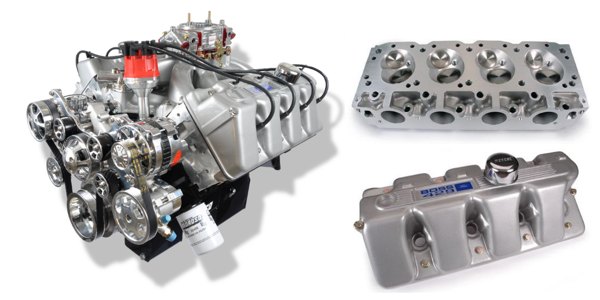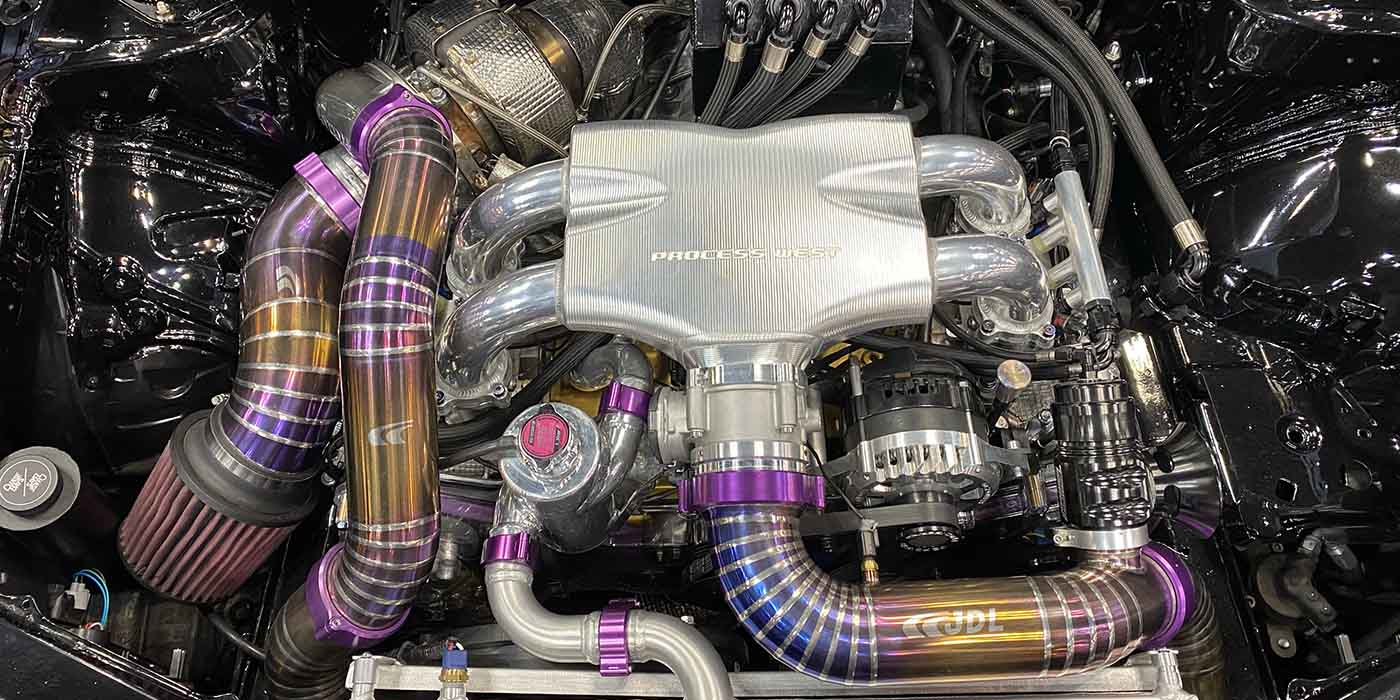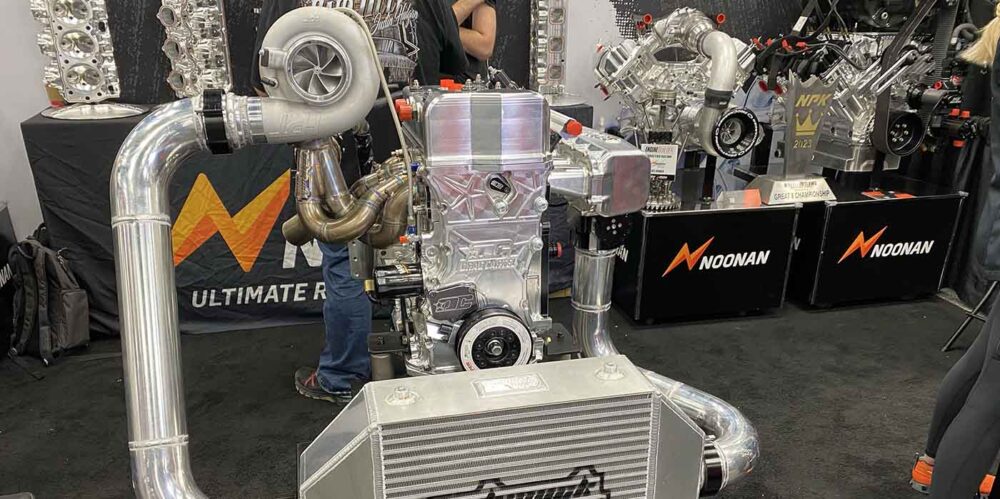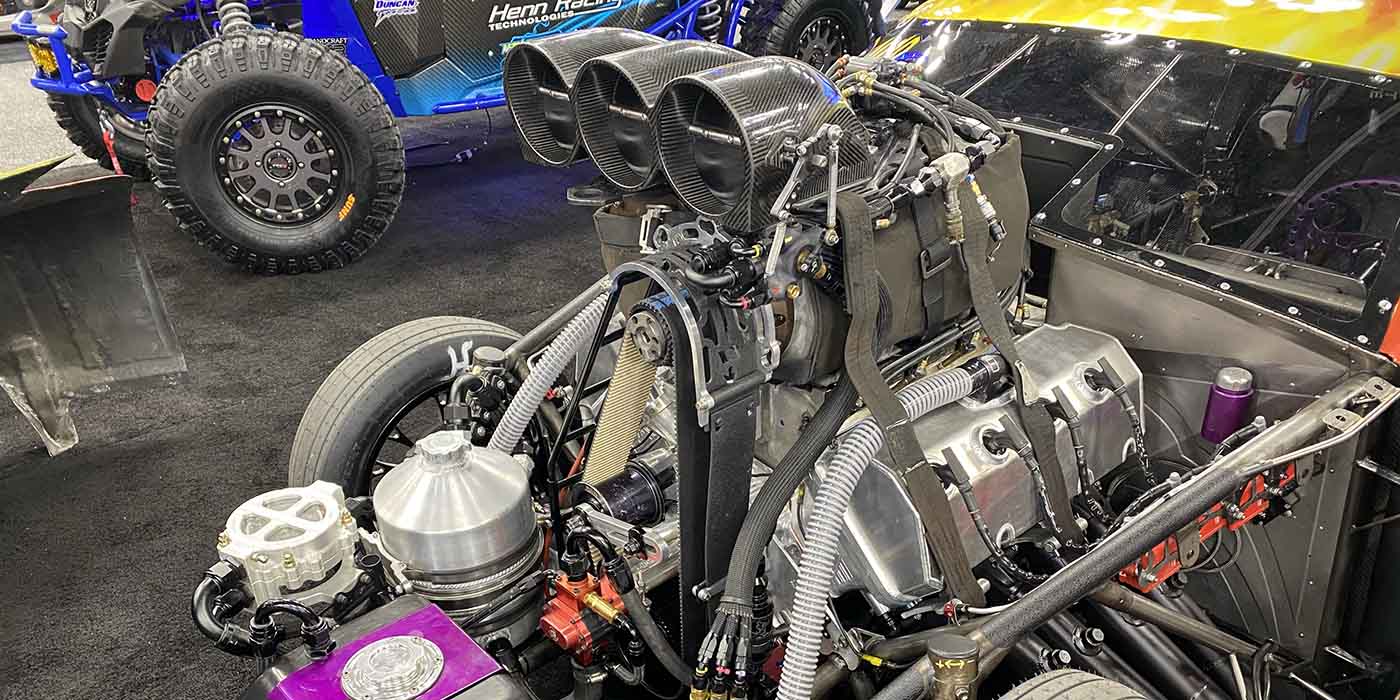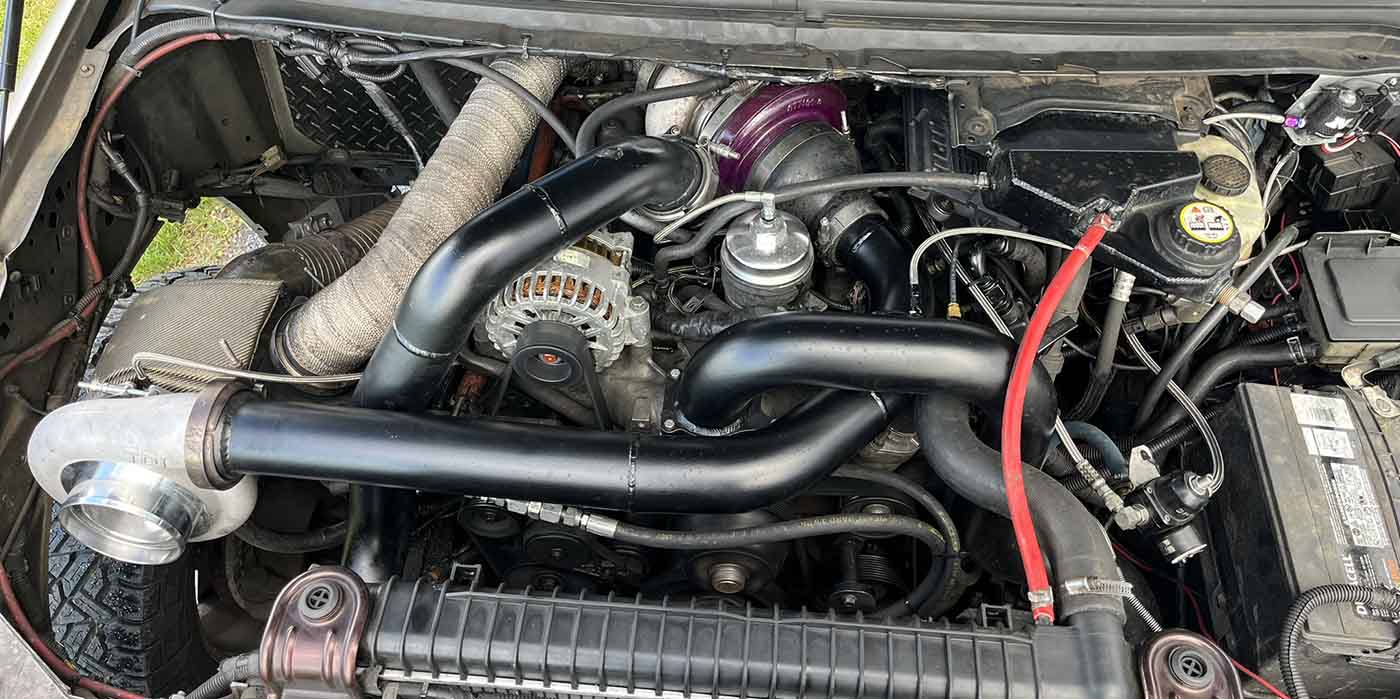Imagine a Boss Nine engine singing beneath the hood of your car. On-lookers turn their heads as you roar down the road. You’d be in heaven. Cliff Moore, the operations manager at Jon Kaase Racing Engines in Winder, GA, sees the look of daydreaming customers all the time.
From street to strip, muscle car or show car, street rods to full-out racing applications, Jon Kaase Racing Engines’ Boss Nine replica engine is custom-tailored for many applications.
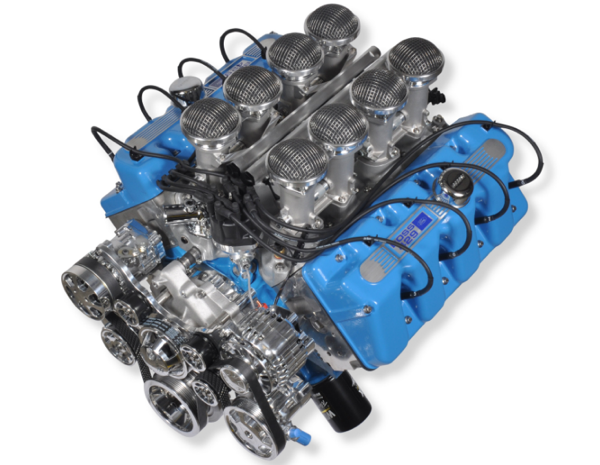
The Boss 429 was available as a NASCAR homologation special in 1969-’70 Mustangs (and two special Cougars) and the Ford faithful have been lusting for the Blue Crescent/Shotgun engines ever since. While others dreamed, the die-hard Ford junkies at Jon Kaase Racing Engines worked, and brought the Boss 429 back to life on its 40th anniversary.
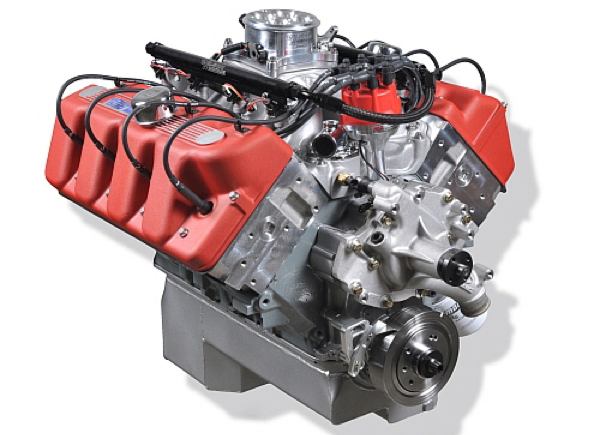
Kaase’s modern Boss Nine combination is based on a high-nodular cast iron cylinder block that can accommodate 429, 460, 521, or 600 cubic inches and output extends from 500 to 1,000 horsepower. Moore, who has been with Jon Kaase 25 years, says it’s one of the shop’s most popular engines.
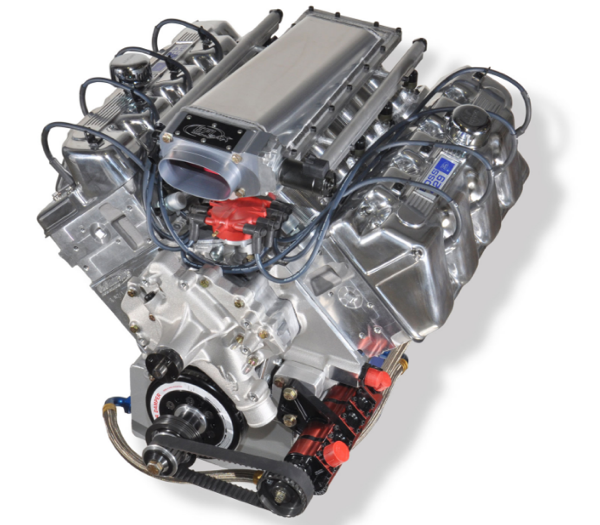
“We build these engines for high-end street rods or street cars,” Moore says. “Very few of these engines wind up in the racing market because most guys really want an original Boss 429. We use all modern blocks. We use the Ford SVO block or the Eliminator big block Ford block. It’s your standard bore hone and line hone. We pay really, really close attention to the cam tunnels on the 385 series and make sure that they’re correct size. We use an aftermarket cam bearing, but it’s pretty much just your standard build. We balance the crank, rods, and pistons. It’s a pretty straightforward combination that we can do in about two weeks, if we have all the parts and pieces.”
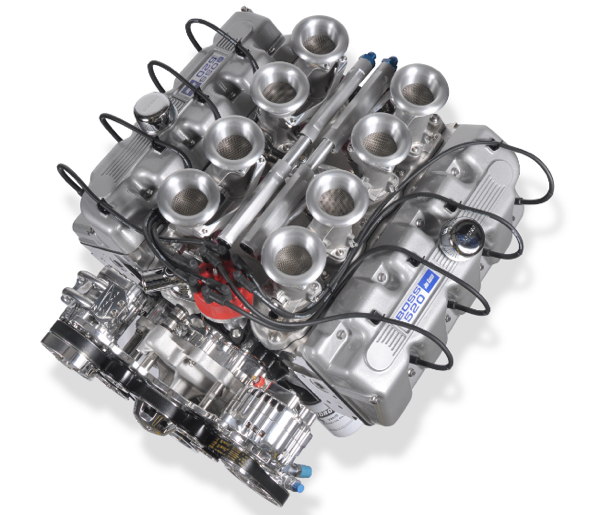
The 10.30-inch deck height block receives a cast crankshaft in the 460ci version. Engines with 521ci and beyond are founded on a 4340 steel crankshaft joined with 4340 forged connecting rods and Diamond forged pistons. To run on pump gas, the compression ratio is usually limited around 10:1. Kaase caps the short-block with new aluminum cylinder heads fitted with stainless steel swirl-polish 2.30-inch intake and 1.90-inch exhaust valves activated by WW Engineering 1.75:1 aluminum roller rocker arms.
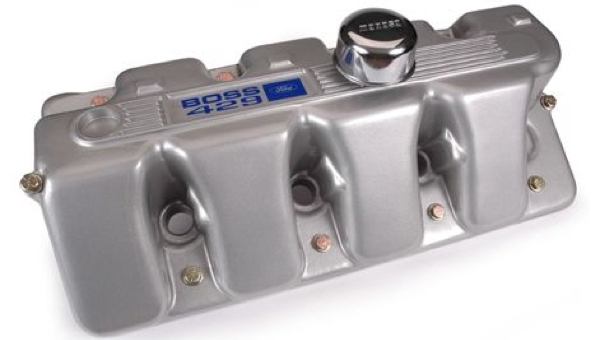
“We have our own cylinder head we call the Boss Nine head,” Moore says. “We also have our own intake manifold, stack injection manifold, a 4150 series intake manifold, and a 4500 series intake. We also have our own valve covers. The way that we designed the head it actually fits a 385 series Ford block or a 429 460 block.”
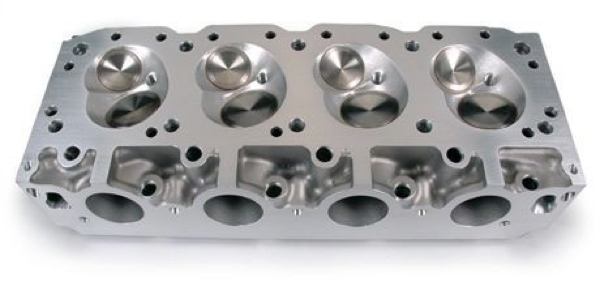
The cylinder heads are Kaase’s castings and design that look aesthetically as close to the original Boss 429 heads as possible, but they are an improved version. The cylinder heads, the valve covers, the three different intakes – 4150, 4500, and a stack injection intake manifold – rocker arms, and really the whole top end kit is manufactured at Kaase.
In the aftermarket, Kaase uses a lot of Ford Racing products such as the Ford SVO block or the Eliminator products. For cranks, the shop uses Lunati, Bryant, Scat or Callies depending on how much power the customer wants the engine to make or what the application is going to be. Pistons come from Diamond or CP-Carrillo. Rings are all Total Seal. Fuel injection systems come from FAST, Holley or MoTec. Gaskets come from Cometic, and cams come from COMP cams.
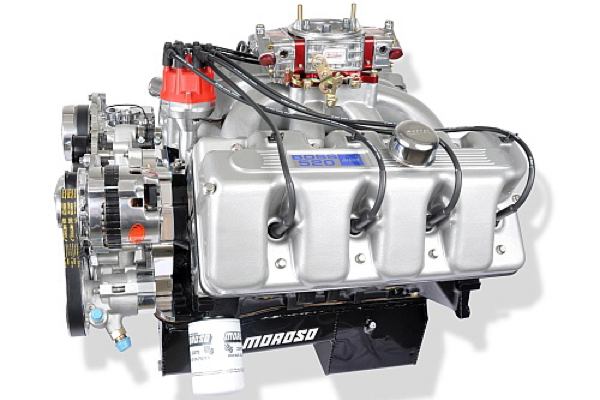
“We worked with COMP cams quite a bit on this particular project,” Moore says. “We did a lot of Spintron testing with them on the hydraulic roller applications so it can turn a lot of RPM and not have any issues with valve float. It does have a really long exhaust rocker and it’s a little bit heavy, so it would be really easy to get into valve float with a hydraulic roller. So we spent a couple of weeks on the Spintron and we were able to go in the high 6,000 RPM range without any issues. Ninety percent of these engines are built at pump gas compression right around 10:1 with a hydraulic roller and they produce right at 1.35 hp per cubic inch.”
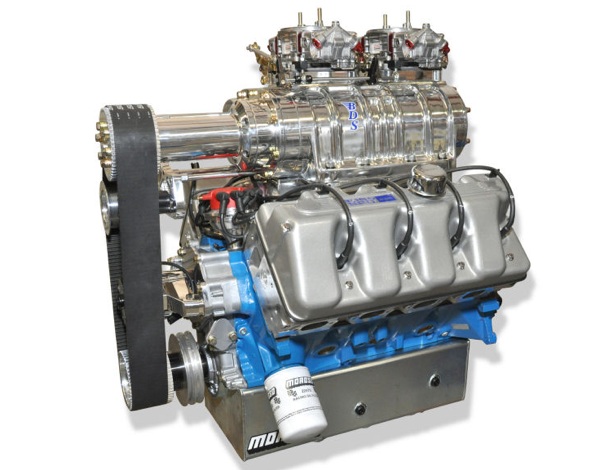
Something 10:1 you could drive on the street with a hydraulic roller and it will easily make over 750 horsepower and roughly 680 ft.-lbs. of torque. Kaase can tailor the camshaft anywhere from 500 to 900 horsepower depending on what a customer would like to make for power. Of course, the 500 hp would be a hydraulic roller and the 900 hp would be a full roller.
While a lot of these engines are reproduction engines for original ’69 or ’70 Boss 429 cars, others have ended up being used in full-out drag racing, offshore racing and powerboats, and road course applications.
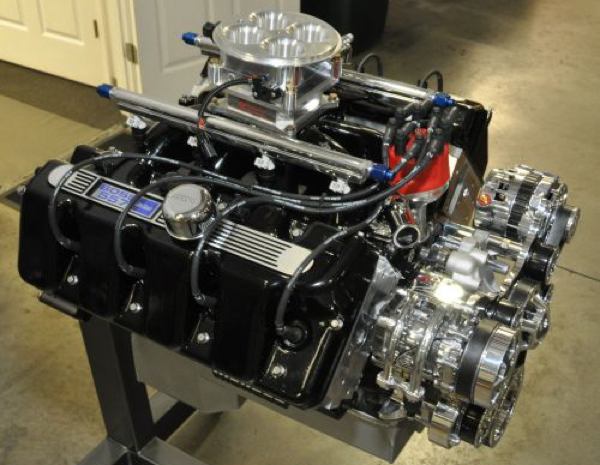
“This engine covers a really wide range of power and different applications,” Moore says. “It boils down to how much power they would like to produce and really the only difference is the camshaft selection and valve train selection to match the cam.
With 500 to 1,000 horsepower to offer, and up to 1,500 hp when supercharged, it’s no wonder the Kaase Boss Nine engine catches customers daydreaming and on-lookers turning their heads.
Engine of the Week is sponsored by Cometic Gasket
To see one of your engines highlighted in this special feature and newsletter, please email Engine Builder managing editor, Greg Jones at [email protected]

